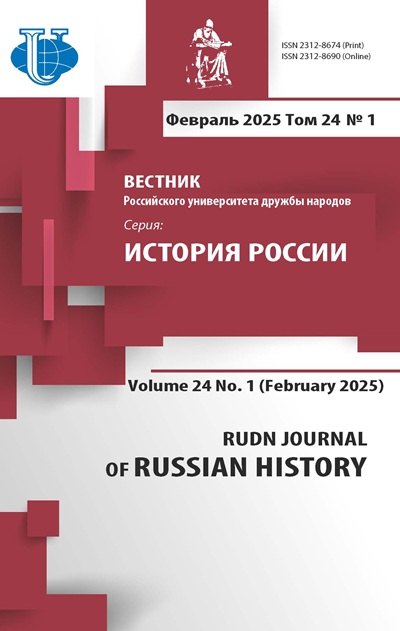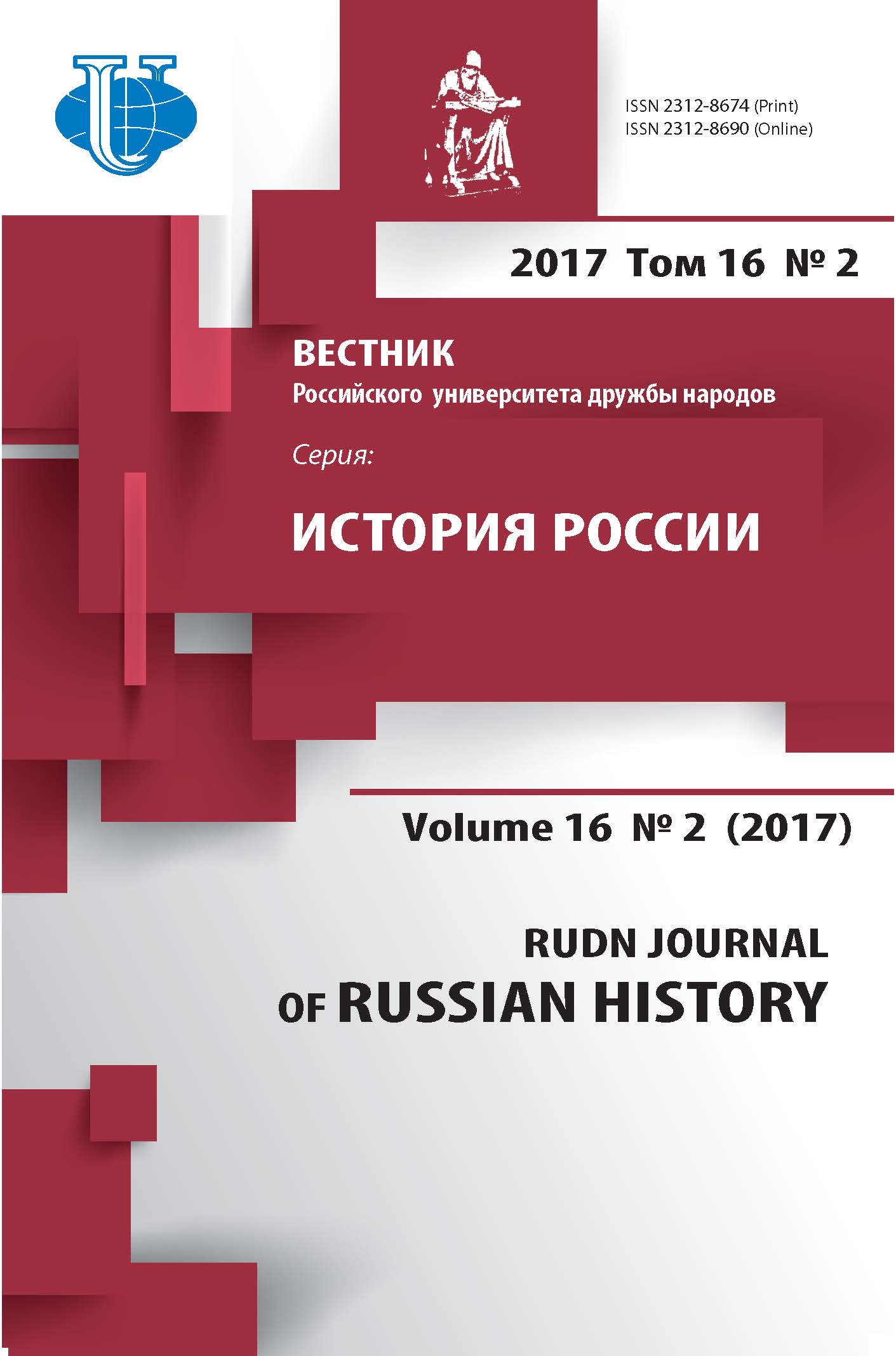Abstract
This article seeks to address the question of how the influence of the October Revolution reached Korea and to what extent it affected the outcome of the March 1st Movement. The author analyzes the documents from the Diplomatic Archives of the Ministry of Foreign Affairs of Japan and the articles of the official mouthpiece of the colonial government Maeil Sinbo from 1917 to the mid-1920s. Based on the analysis of the primary sources, the author reveals two main channels of receiving information of the revolutionary events in Russia. The first of them was the official newspaper of the Governor General. The main actions of the government of Soviet Russia covered by this newspaper aroused such great interest among the Korean public that in order to prevent an “incorrect interpretation” of these events, the Governor General had to repeatedly dedicate the front page of the newspaper to the articles directly or indirectly condemning the 1917 October Revolution. The second channel was the Korean labour migrants in Primorye. Coming to Russia in search of a better life, most “unnaturalized” migrants faced difficult economic and social conditions. The February Revolution of 1917 which opened the discussion of the future of the Korean population in the Far East became a prerequisite for the politicization of a large part of the labour migrants who witnessed the revolutionary changes in Russia. The author concludes that the ideas of the 1917 October Revolution found active response in the hearts and minds of the masses in Korea. The political and ethnic oppression intensified the social and political contradictions in the colonial Korea resulting in the nation-wide March 1st Movement of 1919 that became the turning point in the history of the world political anti-colonial movement in Asia. The national-bourgeois idea of “gaining independence through diplomacy” suffered a crushing defeat but it retained the spirit of the March 1st Movement in history and laid the foundation for a new generation of revolutionaries who played a crucial role in the events of 1945-1953.
















